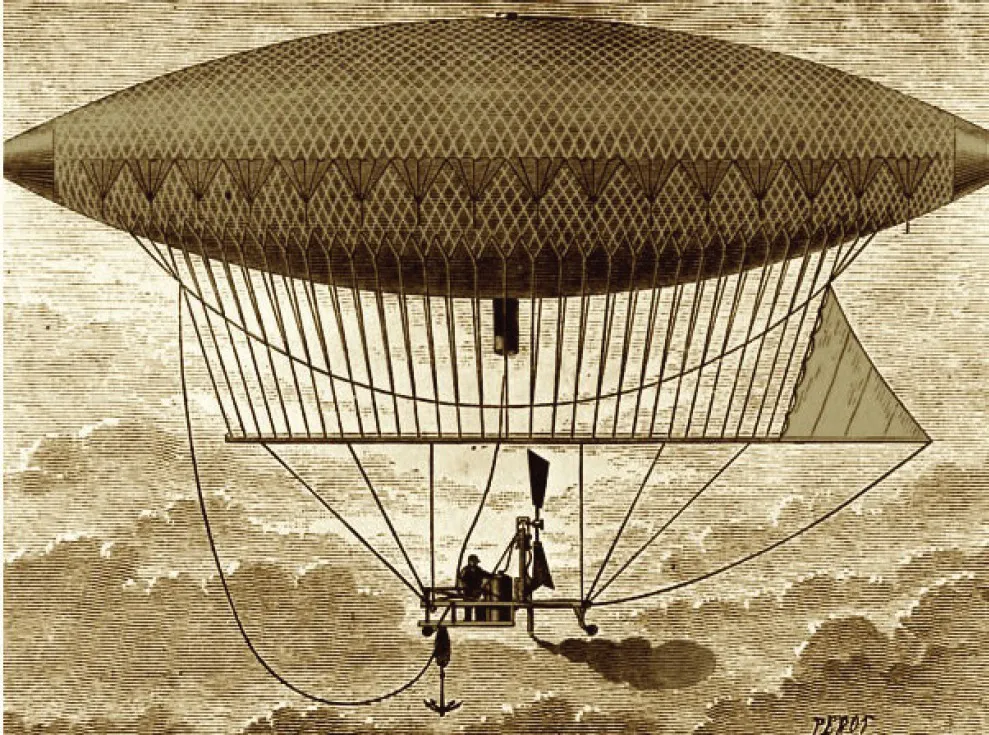![]()
Contents: Volume 1
Principles and static forces
1 What mechanics is about, and why we study it
2 Concepts, quantities, principles and laws
3 Working with numbers in engineering
4 Forces: components, resultants and equilibrium of particles
5 Force moments, torque, equilibrium of rigid bodies, free-body diagrams
6 Centres of gravity, centres of mass and centroids
7 Forces in structures: trusses and frames
8 Friction between dry flat surfaces
9 Buoyancy
Index for Volume 1
About the Author
![]()
Chapter 1
What Mechanics is about and why we study it
•What the science of mechanics includes.
•How our present knowledge of mechanics evolved.
•How the science of mechanics fits into engineering.
•Is there much to learn in order to master basic mechanics?
•In which fields of engineering is a knowledge of mechanics essential?
•Why mechanics remains an essential field of science.
What the science of Mechanics includes
The science of mechanics deals with anything that helps us understand the interactions between objects in the physical world. It deals with the behaviour of solids, liquids, and gases when acted on by forces. It deals with the rules that govern the equilibrium and movement of objects, and with the ways that energy is transferred.
This knowledge is essential to engineers, because they need to understand how the physical world behaves in order to design products and processes that work.
Any item we build will inevitably conform with the laws of nature. If we know what those laws are, we can make sure to account for most of the variables that affect our designs. If we overlook any of the likely consequences of what we propose to build, disaster may result.
An example of applying the known laws of nature to designing an entirely new device that worked:
The airship in which Henri Giffard of France flew a distance of 15 miles, in 1852. His craft was powered by a 3 HP steam engine, and averaged a speed of 6 miles per hour.
How our present-day knowledge of mechanics has evolved
Most of what any given person knows about mechanics is the result of practical observations we have made in our own lives. You see how material objects and forces interact in nature, and you store this understanding somewhere in your subconscious.
It is common knowledge that the wind can push, stones are heavy, water spills. You don’t need mathematics or diagrams to understand that these effects occur, or to propose how to put them to use.
Even at a very young age, it didn’t take you long to find out what made your side of the see-saw descend. You didn’t have to be told ‘the rules’.
Every child that has played with a ball, built dams of mud or used a stick to lever a rock out of a hole, has started to build up an intuitive appreciation of the principles of mechanics.
By learning about some of the mathematical relationships that apply to the laws of mechanics, we can obtain some handy short cuts for solving certain types of problem. However, if we don’t know anything about mechanics intuitively, from our own experience, we could stare at the maths as long as we like, but it wouldn’t make sense.
Looking back in time, there was an era when a formalised knowledge of mechanics was almost certainly not employed to aid in design. People made extensive use of mechanical principles that were discovered through experience. They developed weapons for hunting, implements for farming and tools for accomplishing their daily domestic tasks.
This era occupied almost all of human history. Anyone who needed to make objects did so using wood, stone, plant fibres, leather and clay, and learnt their trades by practical experience, not by book learning.
The boomerang, for example, has sophisticated aerodynamics, and is a prime example of a functional device developed by trial and error, without the use of written language or mathematics.
Another example of a design with great sophistication, developed almost certainly by trial and error, and without the use of mathematics or formalised principles of mechanics, is that of the war chariots used by the Egyptians.
In many cultures around the world, ingenuity and common sense were behind the development of machines and processes that fulfilled a function in daily life, not only in war.
Among the artefacts built on the basis of trial and error, and small refinements to traditional designs, were lathes, rope-twisting machines, bellows, farming machinery, shipping vessels, water wheels, pumps and wheeled vehicles of every description.
Most of human history has taken place in a purely mechanical age, in which every machine and process was entirely mechanical, powered by human or animal energy, or that supplied by wind and water. This period lasted until about 300 years ago, when steam power was introduced, to be followed by other power sources and technologies.
We can trace the beginnings of the science of mechanics to the ancient Greeks, who produced brilliant thinkers like Archimedes, Euclid, Aristotle, Archytas and Pythagoras. These were people who were intrigued by how nature works, who tried to find some orderly way of describing the principles that seemed to govern the interactions of physical objects. They did this not just for the sake of science, but with a view to practical applications.
A Greek warship. The Greeks made significant advances in a variety of technologies: in war machines, in metalwork and in building construction with stone.
Until the 1700s, people hadn’t divided up science into branches, as we do today. The man of science (invariably men, in those days) turned his talents to everything he noticed, not only to mechanical phenomena. Such men were not called ‘scientists’, but ‘natural philosophers’: people who thought about and tried to explain all the ways in which nature behaves, and who, much like we do, tried to turn this knowledge to useful account.
The aqueduct, at Nîmes, France, as it stands today.
People in the ancient world built some very clever machines and structures, despite the fact that they did not possess the mathematics or the technologies that we have today. The artefacts they built were not necessarily crude, either.
An excellent example of the precision commanded by historical engineers can be found in the construction of the Roman aqueducts, which were gravity-powered water channels, built to conduct water from mountain springs to cities.
When building an aqueduct, it wa...






